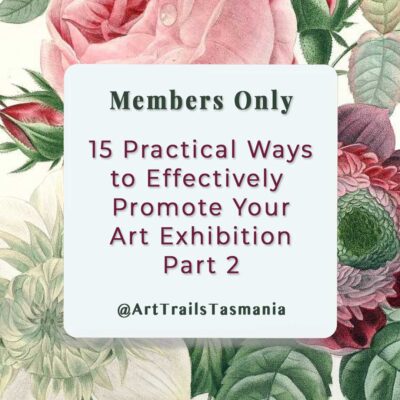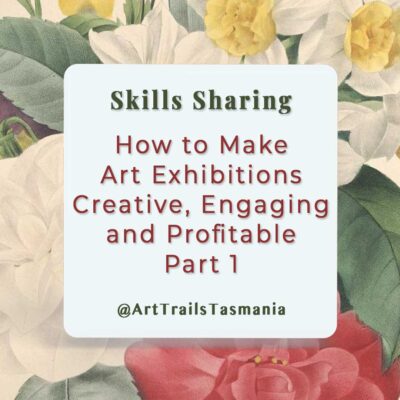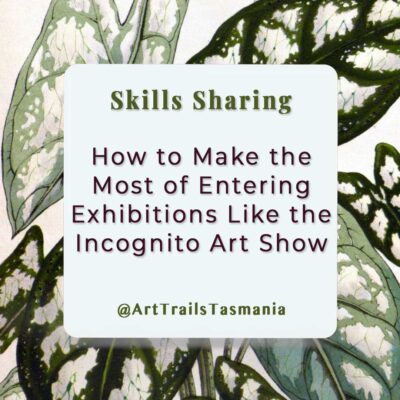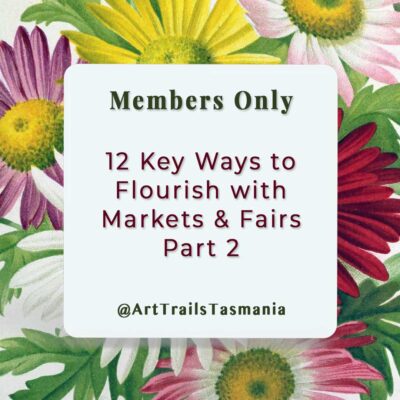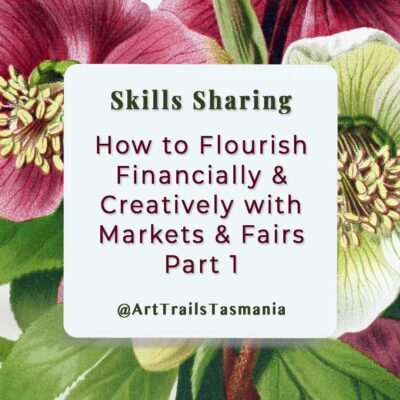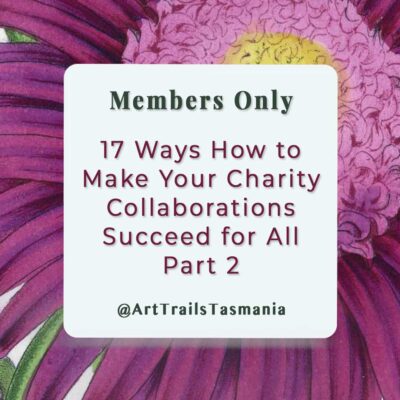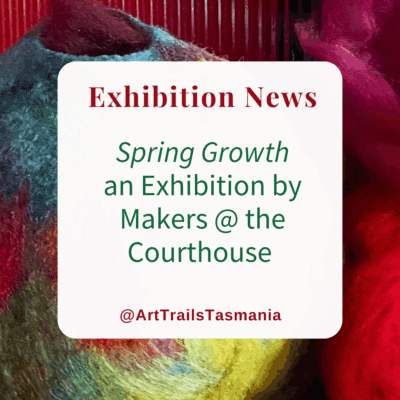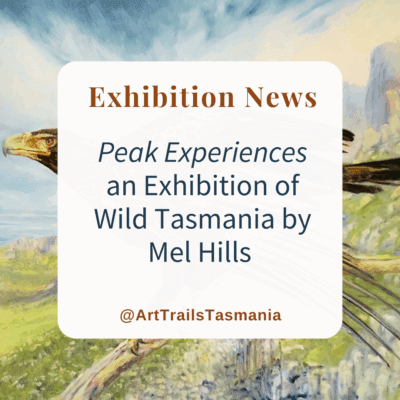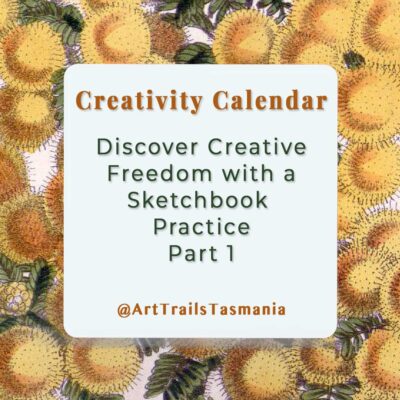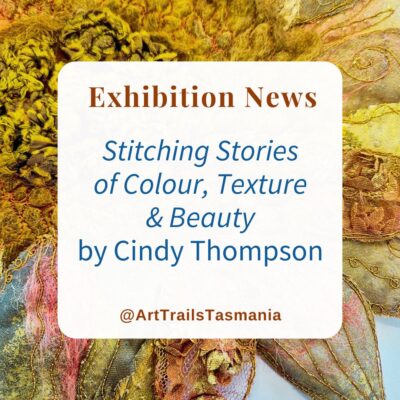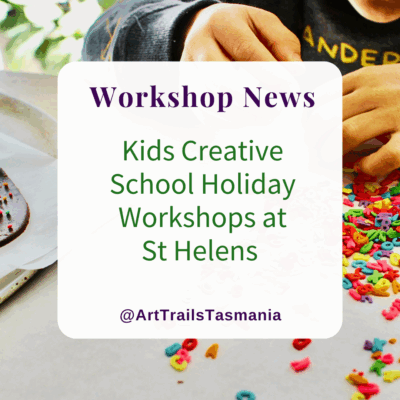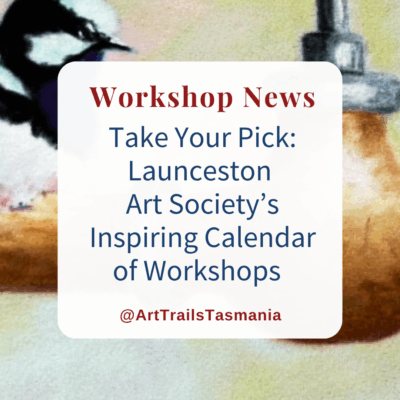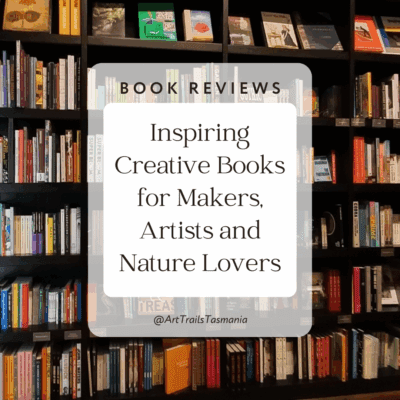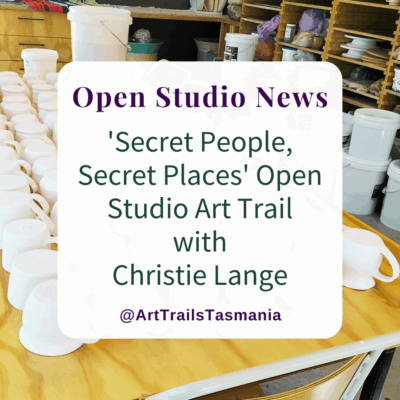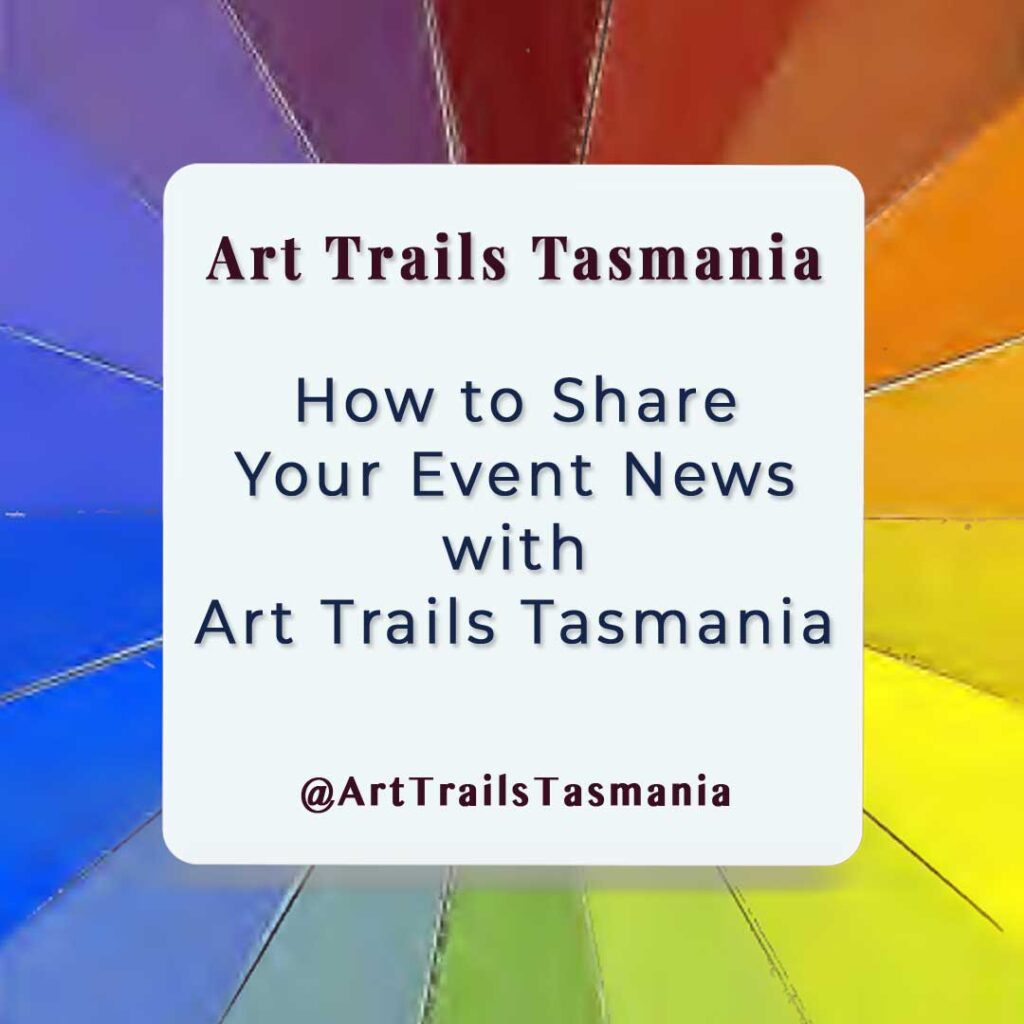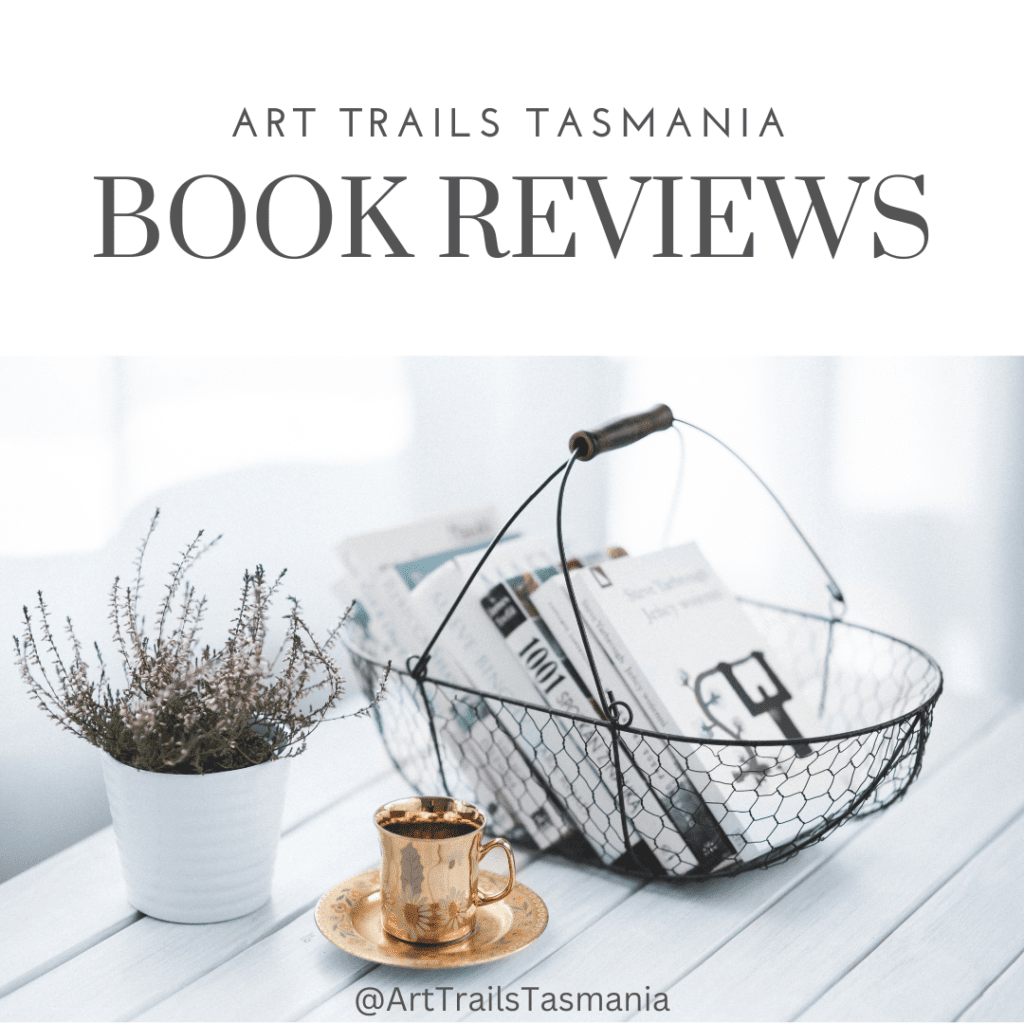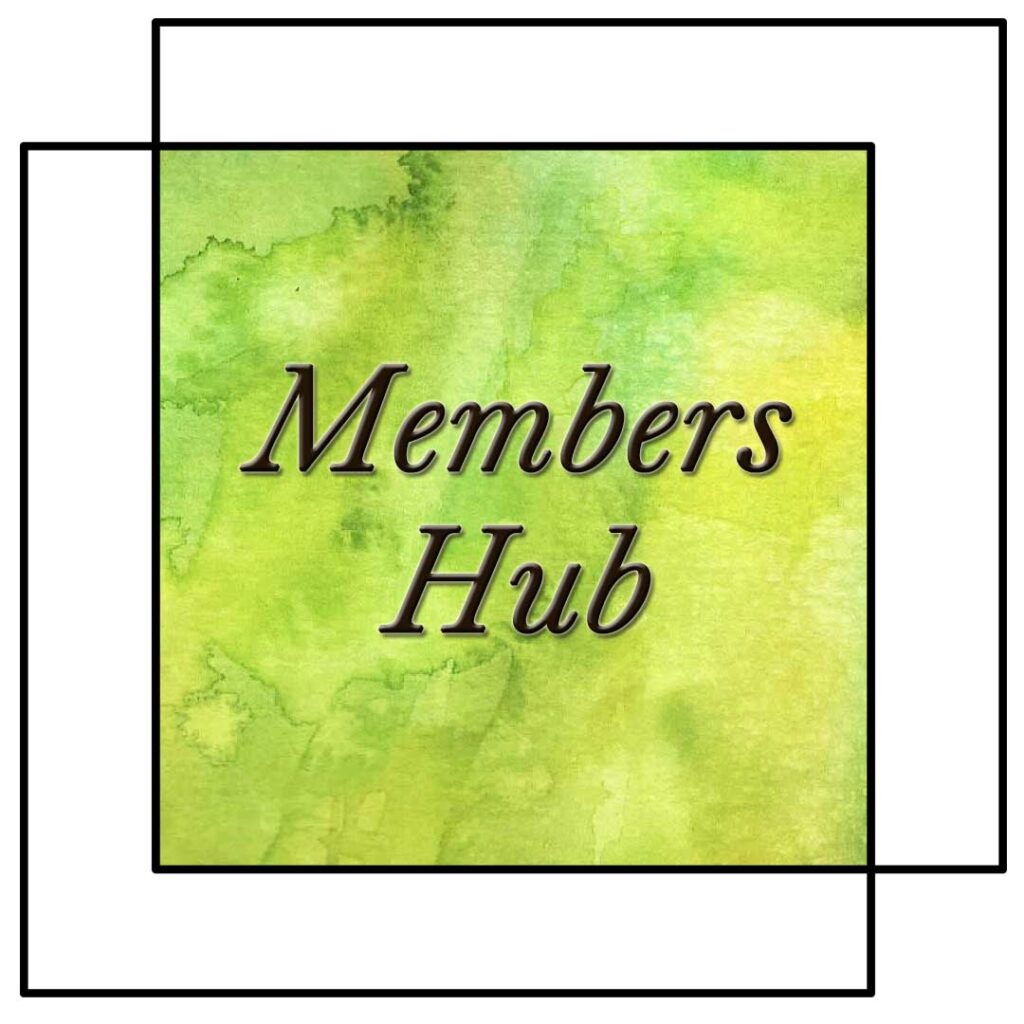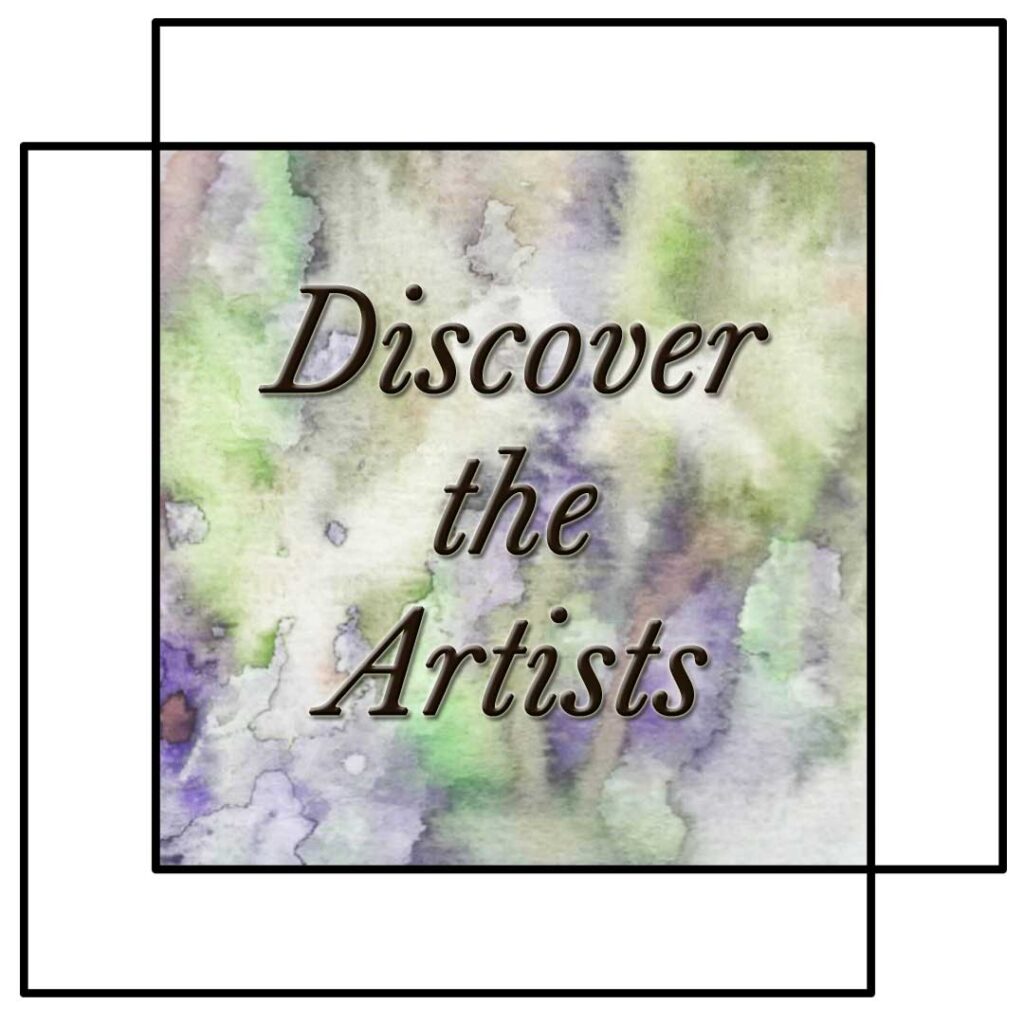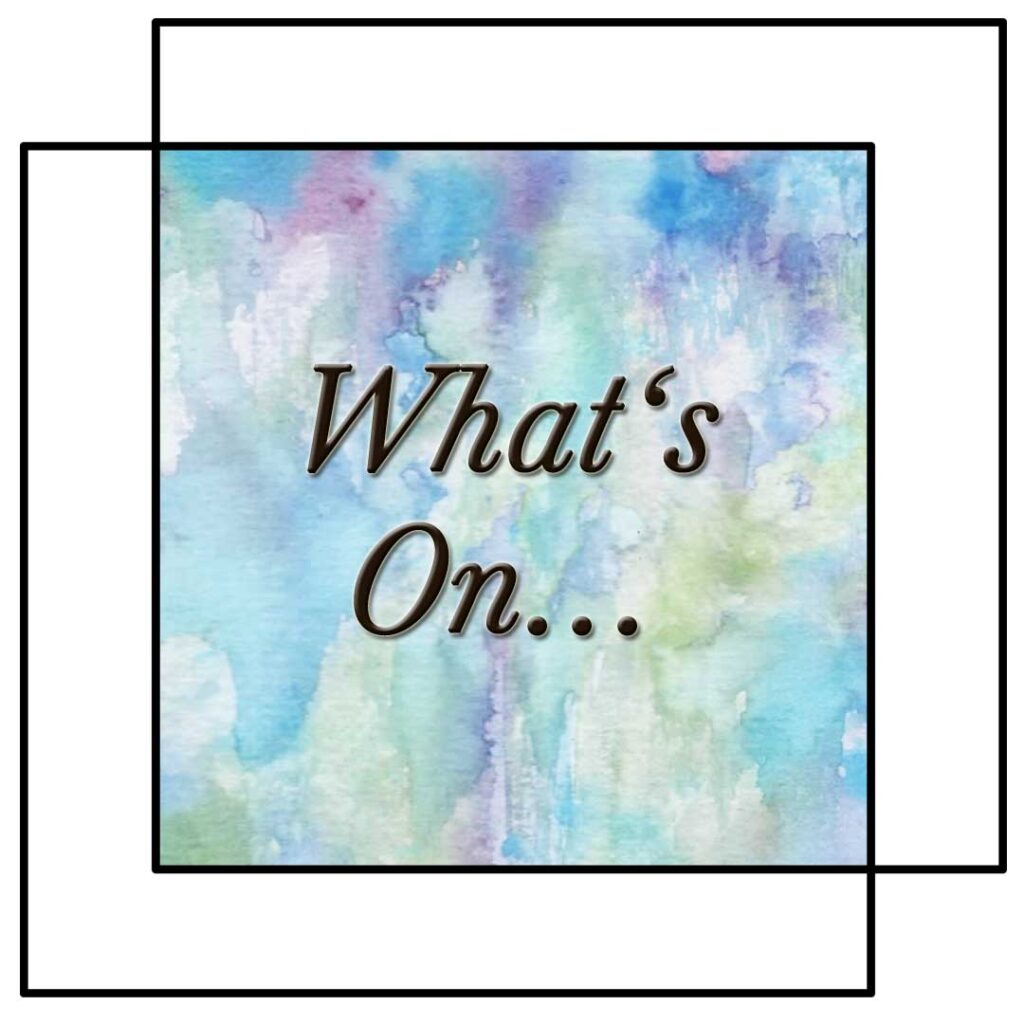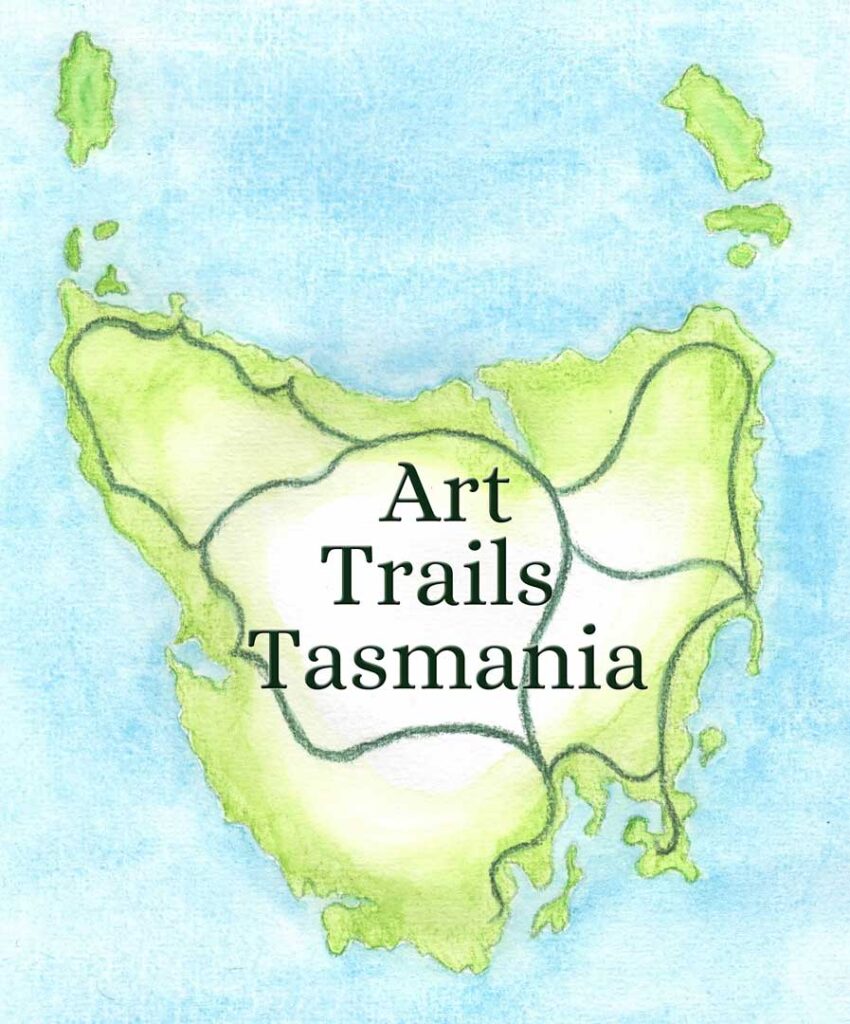Why Boredom, Sleep, and Daydreaming Fuel Creativity
Creativity is not confined to bursts of high energy or moments of intense focus; creativity also thrives in quieter spaces, where creativity grows naturally as the resting mind nurtures creativity through calm, unhurried reflection.
This blog story is Part 1 of a two-part series exploring the importance of rest for fueling creativity.
In Part 2, we’ll share 12 Rituals of Rest that Spark Fresh Creative Energy, packed with joyful practices for you to explore and make your own.
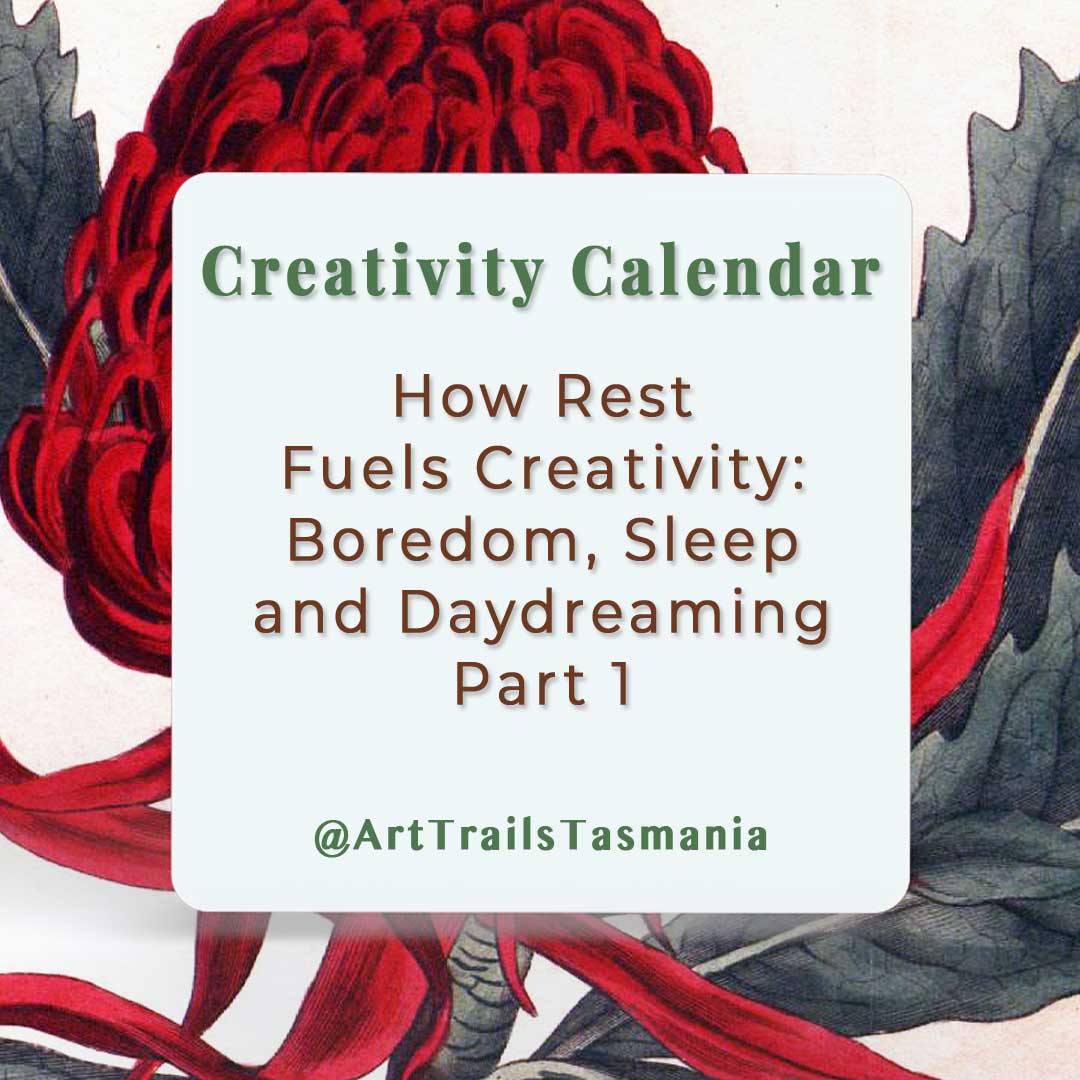
Nurturing Creativity
Creativity does not only emerge during moments of high energy or intense focus; it also frequently flourishes in quieter times when the mind is resting.
For artists, makers, and creative spirits, understanding how rest fuels creativity can transform both daily life and long-term projects.
Rest is not laziness but an essential component in the cycle of making, giving us time to process, recover, and dream.
Recognising this truth allows us to treat rest as nourishment for imagination rather than a distraction from productivity.
How Rest Fuels Creativity in Unexpected Ways
When we allow ourselves time away from tasks, the brain shifts into a default network that strengthens memory, imagination, and problem-solving connections.
This hidden neurological state reveals how rest fuels creativity by enabling fresh associations to form without conscious effort, a vital process for creative renewal.
Pauses allow the brain to wander, linking memories with new insights that would never surface during busy working hours.
Embracing stillness in our day therefore becomes a creative strategy rather than a weakness or lost time.
Boredom as a Gateway to Imagination
Many of us view boredom as an enemy, yet boredom often provides fertile ground for ideas to slowly rise, mingle, and eventually flourish.
Researchers suggest that idle moments demonstrate how rest fuels creativity, because they encourage daydreaming, reflection, and subtle connections that might otherwise remain overlooked during constant activity.
Constant activity doesn’t give space or capacity for many other activities or opportunities brought about by connections.
Boredom encourages us to look inward, sparking curiosity about possibilities that could become sketches, words, or new creative projects.
It opens the door to imagination by creating space for fresh directions to surface. And imagination flows more easily with positive self talk in these times.
How Rest Fuels Creativity Through Sleep Cycles
Sleep has long been linked with problem solving, artistic breakthroughs, and emotional integration, offering proof that rest is not wasted but deeply productive.
The cycles of REM and deep sleep reveal how rest fuels creativity by allowing the brain to re-order memories and integrate insights into practical creative solutions.
Dreams, in particular, offer vivid imagery and unexpected narratives that can inspire creative expression.
Many designers, artists, makers will dream creative projects such as paintings, patterns, designs and works, waking with a strong sense of inspiration and purpose.
By valuing sleep as an active partner in creativity, we strengthen our capacity for imaginative thinking.
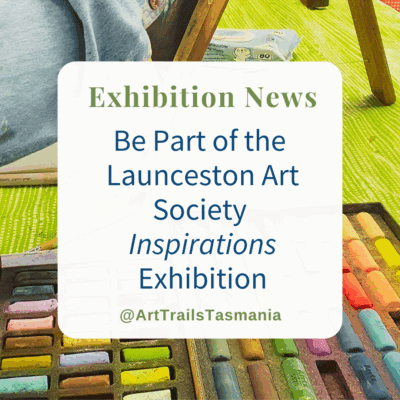
The Launceston Art Society Inspirations Exhibition
You’re invited to the Launceston Art Society “Inspirations” exhibition, a community art exhibition showcasing the diverse talents of local members.
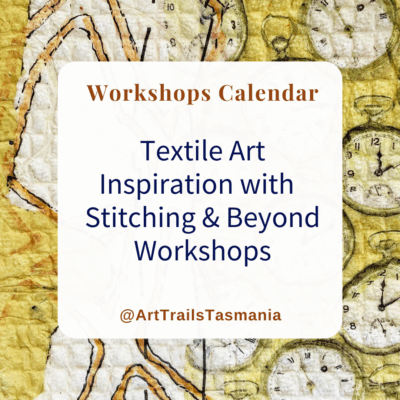
Textile Art Workshops with Stitching and Beyond
It’s time to be inspired by the latest calendar of workshops being brought to you by the friendly Stitching and Beyond group as they celebrate the textile arts!
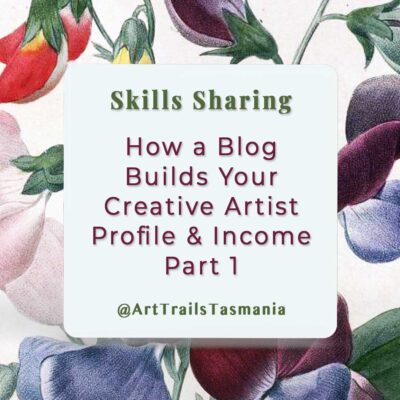
How a Blog Builds Your Creative Artist Profile and Income – Part 1
In part 1 in our series on how to make a blog grow your artist profile and income, we dive into what it is and how to get it working for you.
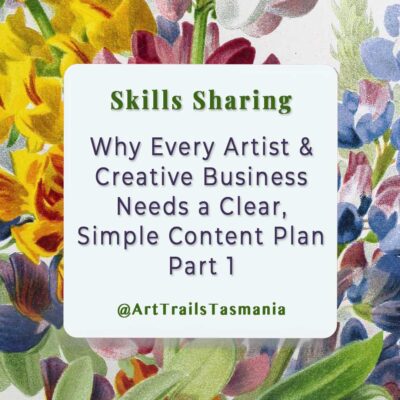
Why Every Artist and Creative Business Needs a Clear, Simple Content Plan – Part 1
In Part 1 in our series on Content Planning we explore why having a clear and simple content plan is so important for your growing creative business.
Daydreaming and the Creative Mind
Daydreaming is often dismissed as unproductive, but psychologists note its powerful role in helping us imagine alternatives and explore unexpected mental pathways.
Through wandering thoughts, we clearly see how rest fuels creativity by freeing the mind to rehearse, experiment, and test ideas before bringing them into tangible creative practice.
These drifting moments let us explore possibilities without pressure or outcome. They offer a rehearsal space for ideas that might one day become stories, sketches, or innovative projects.
Daydreaming can often include imagining alternative narratives to a current or future situation, allowing you to explore your creativity, as well as possible solutions.
How Rest Fuels Creativity Through Mental Space
Artists and makers often find inspiration in nature, quiet routines, or time away from screens, where mental spaciousness emerges.
This demonstrates how rest fuels creativity by offering clarity, perspective, and distance from immediate pressures, allowing creativity to flow more naturally when returning to active projects or artworks.
By creating deliberate white space in our schedules, we invite inspiration to visit. Spaciousness clears the noise, helping us notice subtle details we might otherwise miss.
For some, this space could be in a crowded urban environment, while on a train or bus with headphones on, zoning out in the flow of restorative music with thoughts doing their thing.
Daily commutes can give space for reading, daydreaming, resting a busy mind with a noisy to-do list.
Whether it is the car and singing to favourite performers, listening to podcasts or staring out the window of the tram with thoughts wondering, these hours through out the week can offer important mental rest spaces. Turning a daily hour or more long commute into a regenative practice can have far reaching benefits.
The Importance of Pausing in Creative Practice
It can feel counter-intuitive to pause when deadlines loom, yet intentional rest frequently leads to breakthroughs that relentless effort could never achieve. Just think of the advice cramming Year 12 students are given about balance and focus.
Pausing highlights how rest fuels creativity by showing that restoration is not indulgence but a foundational practice essential for long-term artistic resilience, curiosity, and imaginative growth.
By valuing rest, we make space for new directions to emerge naturally.
Pausing becomes a conscious decision to nurture the very source of creativity itself.
Interestingly, it can take an active decision on our part to embrace the actions of pausing, even if that is about walking away from the computer or phone for a handful of minutes to stretch the eyes or simply move about.
How Rest Fuels Creativity in Nature’s Rhythms
Tasmania’s landscapes remind us that natural rhythms involve growth, retreat, and renewal, cycles which resonate strongly with creative processes and human energy.
Observing seasonal shifts, such as in our sketchbook practices, illustrates how rest fuels creativity by encouraging us to honour downtime as essential, mirroring ecological patterns of flourishing that require periods of stillness and rest.
Winter, for example, invites us inward, while spring naturally encourages outward expression. By noticing these rhythms, we can align our creative cycles with the environment around us.
That sense of welcoming the coolness of autumn after a hectic and active summer embraces this sense of nature’s rhythms as each season in the year and life has its own richness and rewards.
Reframing Rest as Creative Practice
Many creatives feel guilt when resting, fearing they are not productive enough, but rest itself can be reframed as active, intentional practice.
Choosing rest highlights how rest fuels creativity by shifting perspectives: rest becomes preparation, seeding new ideas, and building resilience for sustained creative output over longer periods of time.
When we shift our mindset, rest transforms into an act of creative discipline. It becomes an investment that supports the unfolding of future projects and insights.
Boredom, Stillness, and the Artist’s Journey
Sitting in stillness or repetitive tasks may appear dull, yet these states quietly allow the subconscious to reorganise scattered thoughts and insights.
These overlooked states reveal how rest fuels creativity by creating room for subconscious incubation, which often leads to surprising bursts of inspiration in sketchbooks, writing, or daily craftwork.
Even routine chores can open pathways to unexpected solutions when approached with openness.
Many creatives find enrichment in various practices, including those with a repetitive element such as spinning, weaving, stitching, dot and doodle journaling, origami etc.
The repetition is soothing in itself and from the practice comes something that gives you joy.
Stillness becomes a hidden stage where creativity rehearses before stepping into the light.
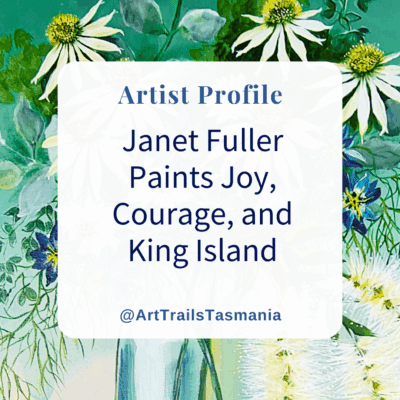
Janet Fuller Paints Joy, Courage & King Island
It’s time to meet King Island artist Janet Fuller and be inspired by her love for creativity, colour and being bold!
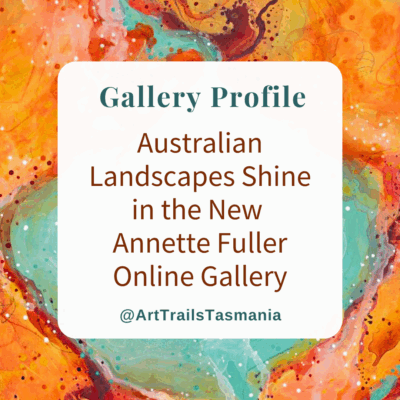
Australian Landscapes Shine in the New Annette Fuller Online Gallery
Come discover Annette Fuller’s new online art gallery with its devotion to contemporary Australian landscapes, beauty and light.
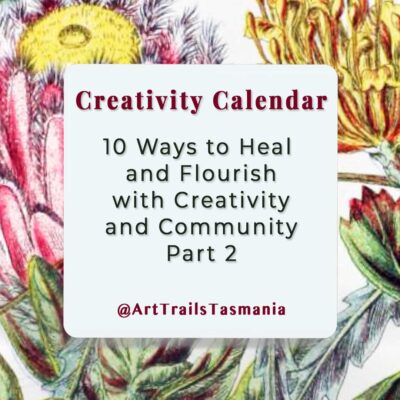
10 Ways to Heal and Flourish with Creativity and Community Part 2
In Part 2, Art Trails Tasmania founder, Belinda Stinson, explores 10 ways to heal with creativity and community as she navigates through a life changing period.
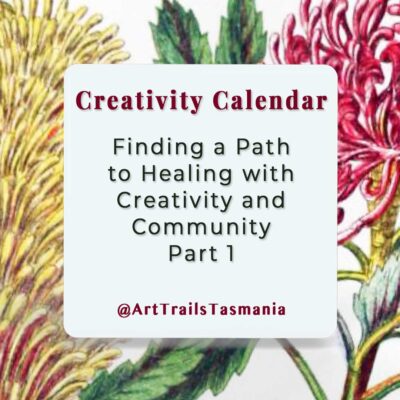
Finding a Path to Healing with Creativity and Community Part 1
In this deeply personal piece, Art Trails Tasmania founder, Belinda Stinson, shares how creativity & community is nurturing her through her journey with grief.
How Rest Fuels Creativity in Community and Conversation
Interestingly, rest does not always mean solitude; gentle conversation, walking together, or sharing tea, sketching in nature with a friend, stitching together, can provide restorative experiences that nurture imaginative thought.
These social forms of pause highlight how rest fuels creativity by balancing connection with reflection, helping creative communities to flourish together through shared restoration and collective renewal.
Shared rest fosters belonging, which is vital for sustaining creativity in the long term. When people rest together, new ideas often surface naturally within the safety of connection.
12 Practical Rituals for Creativity
This exploration of boredom, sleep, and daydreaming shows why rest is not wasted but is an essential partner in creative expression.
Understanding how rest fuels creativity lays the foundation for the next part of this series, where we will share twelve rituals of rest.
These rituals will provide practical, inspiring tools for makers, artists, and dreamers who want to nurture imagination while living a balanced, creative life.
Together, these two stories form a powerful reminder that creativity thrives not only in doing but also in resting.
Read the Latest How To Blog Stories
15 Practical Ways to Effective Promote Your Art Exhibitions Part 2
15 Practical Ways to Promote Your Art Exhibitions In Part 1 on how to make your art exhibitions successful we looked at the features, elements and ways to create an engaging, vibrant and profitable event. Here in Part 2 we delve into the all important promoting and...
How to Make Art Exhibitions Creative, Engaging and Profitable Part 1
How to Make Art Exhibitions Enjoyable, Profitable and Vibrant Creating successful art exhibitions means more than just hanging work on a wall. And when done well, all involve benefit creatively, financially and professionally. As with all things in life it is much...
How to Make the Most of Entering Exhibitions Like the Incognito Art Show
Making the Most of Exhibiting in Events Like the Incognito Art Show The Sydney-based Incognito Art Show is now Australia's largest annual art show. It is open to any artists intersted in taking part. It is an event where artists anonymously donate postcard-sized...
12 Key Ways to Flourish with Markets and Fairs Part 2
12 Practical Ways to Promote and Showcase Your Creative Business at Markets and Fairs Markets and fairs offer incredible opportunities for artists and makers to flourish financially and creatively. This is Part 2 in our series on how to thrive with your small...
How to Flourish Financially and Creatively with Markets and Fairs Part 1
How to Make Money at Markets and Fairs and Grow Creatively Markets and fairs are fantastic opportunities for artists and makers to connect with customers and grow a creative business. This is part 1 of a two-part series on how to flourish financially and creatively...
17 Ways How to Make Your Charity Collaborations Succeed Part 2
How and Where to Make your Charity Collaborations Shine Charity collaborations can offer artists a rewarding opportunity to give back while enhancing their own visibility and reputation. In part 2 of our series on charity collaborations, we delve into practical...
Read the Latest Blog Stories and Flourish…
The Makers at the Courthouse Spring Growth Exhibition
Celebrate the Change of Seasons with the Spring Growth Exhibition We’re thrilled to announce our very first in-house art exhibition, “Spring Growth.” This special event will feature fresh, original works created exclusively by members of Makers at the Courthouse. The...
“Peak Experiences” an Exhibition Inspired by Wild Tasmania by Mel Hills
Explore the Mel Hills Exhibition "Peak Experiences" Step into a world of misty peaks, glinting waterfalls and alpine wildflowers as Mel Hills unveils her long-awaited mountain celebration series. Inspired by Tasmania’s iconic wilderness these breathtaking paintings...
Discover Creative Freedom Through a Sketchbook Practice Part 1
Nurturing Creativity Sketchbook practice is a creative habit that nurtures confidence, curiosity and exploration, offering artists and crafters a space to play without fear or pressure. This blog story is Part 1 of a two-part series exploring the creative...
Stitching Stories of Colour, Texture and Beauty by Cindy Thompson Exhibition
Textile Artist Exhibition "Stitching Stories" will be exhibited at Sheffield Art Gallery for two months, in August and September. The exhibition will show Cindy's colourful work encompassing many different textile art techniques. There are many items for sale as well...
Kids Creative School Holiday Workshops at St Helens
Calendar of Creative Kids Workshops at St Helens Creative school holiday workshops for kids aged 8–12 at Jane Seychell Gallery, St Helens. Led by professional artists, children can paint a ceramic plate, learn to draw, or decorate cupcakes. All materials included and...
10 Ways to Heal and Flourish with Creativity and Community Part 2
10 Nurturing Paths to Creativity Creativity has been both my refuge and my guide in these tender months of grief and exhaustion. This is Part 2 of a two-part series, where I continue to explore how creativity offers quiet pathways to healing when life feels undone. ...
The Launceston Art Society Calendar of Workshops
The Latest Calendar of Workshops with the LAS The Launceston Art Society is delighted to share with you an inspiring calendar of workshops! From pastels to mixed media to acrylics to oil painting, these workshops are all about developing your skills, whether they're...
Book Review Inspiration: 10 Creative Books for Makers, Artists and Nature Lovers
Book Reviews for Art & Nature Lovers This book review features a wonderful selection of titles published by Search Press Australia, all readily available online. These books are a celebration of creativity across a diverse range of mediums and techniques, making...
“Secret People, Secret Places” Open Studio Art Trails with Christie Lange
Open Studio Time: Explore the Creative Process with Christie Lange Discover ceramic artist Christie Lange’s open studio during Secret People, Secret Places at the Bay of Fires Winter Arts Festival. Explore porcelain sculptures inspired by Tasmania’s landscapes, meet...
Read What Our Members Say About Belonging
Join the growing, supportive artists community today and have your Artist story told here.
Belinda is doing a great job creating a professional looking artist hub online. Check out the profile I posted recently to see how well she does them. To all my artist friends let’s help make this THE go to place to discover local artists.
You won’t regret joining Art Trails Tasmania . It’s a welcoming community for creatives at any career stage.Becoming an Art Trails Tasmania member wasn’t a hard decision for me to make as it’s such a wealth of knowledge and support.Being member provides a quality way to showcase your creative endeavours and it’s quickly growing in reach.
We operate a home based picture framing business and recently joined Art Trails Tasmania as a means to giving us exposure to the wider artist community. We have almost immediately seen increase in activity thru our online sites, which I am certain will lead to more opportunities to grow our business.

